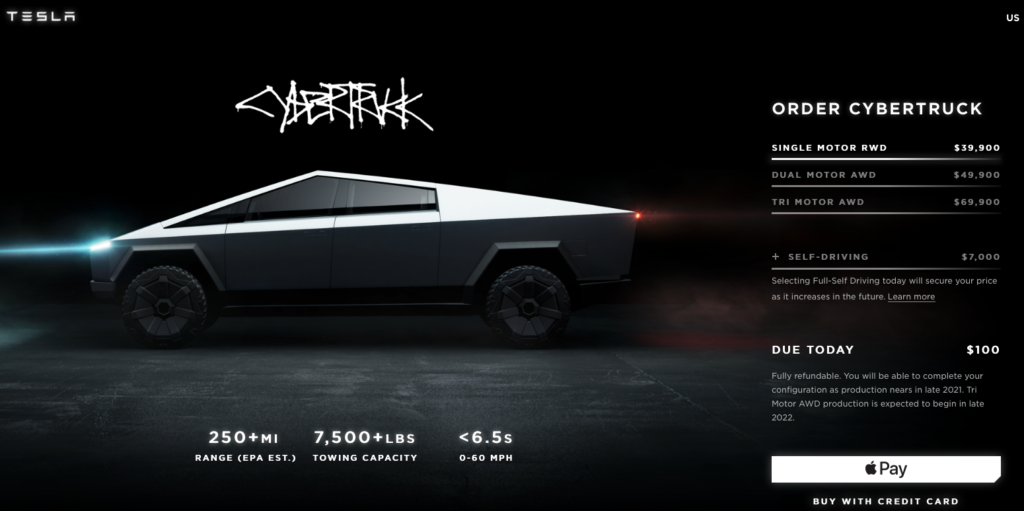U.S. Weighs Blocking GE Engine Sales for China’s New Airplane
FILE PHOTO: A traffic light is seen in front of a logo of General Electric at the company's plant in Birr (Reuters) - The U.S. government is considering whether to stop General Electric Co from…
